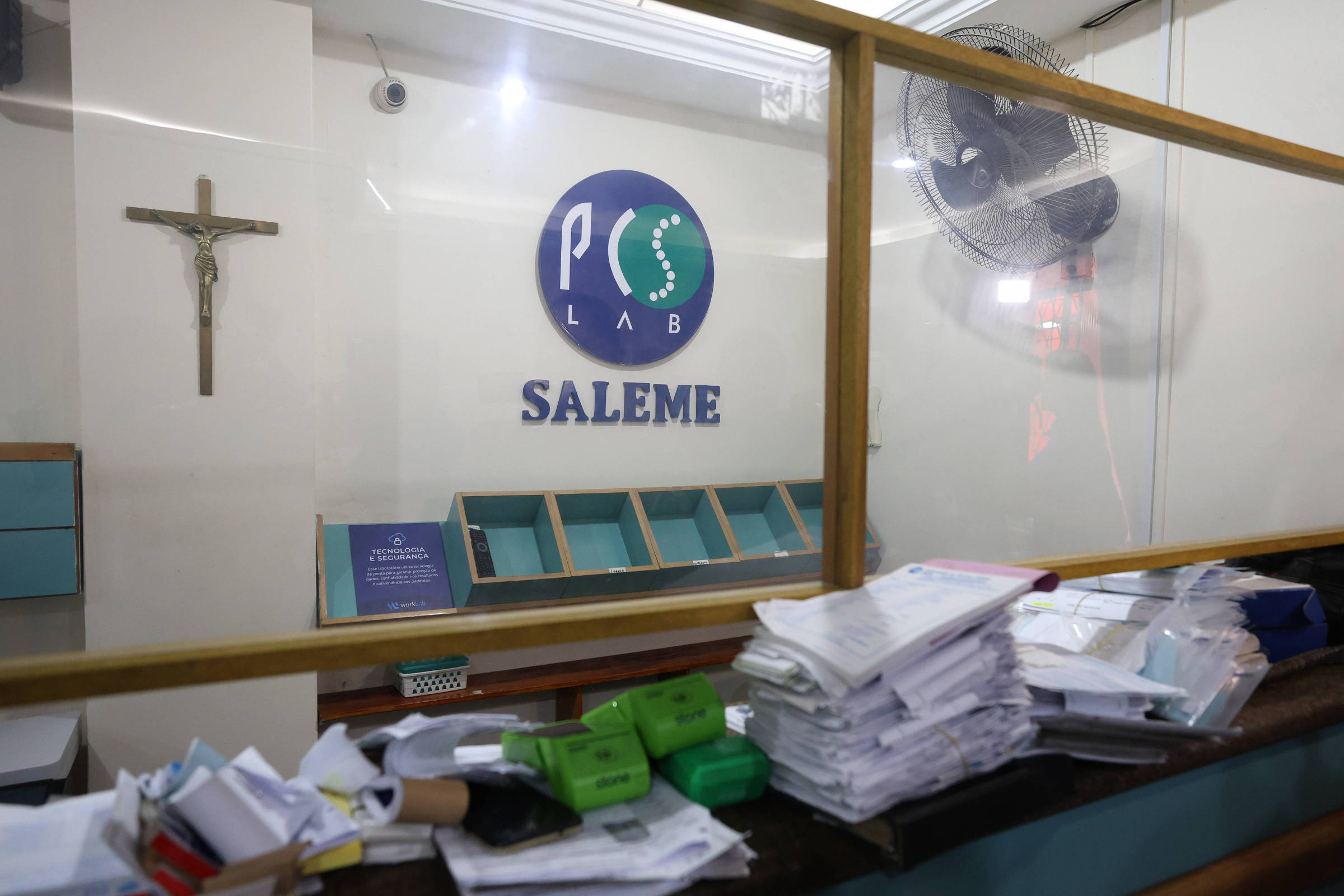Number of doctors in Brazil grows 89%; understand increase – 10/15/2024 – Balance and Health

The number of doctors in Brazil almost doubled between 2010 and 2024, from 304,406 to 575,930 active professionals, an increase of 89% in the national average, according to data from the CFM (Federal Council of Medicine).
For Estevam Rivello Alves, 2nd secretary of the CFM (Federal Council of Medicine), the increase in medical courses is one of the factors responsible for this growth.
Currently, there are around 35 thousand new doctors trained per year, according to him. “The increase in the number [de médicos] does not mean that there is an increase in quality of care”, he says. “The vast majority of medical schools do not respect the minimum criteria of the Ministry of Education”, he says. For him, the fact that many of these schools do not have a teaching hospital harms teaching.
All Federation Units (UFs) saw growth in medical demographics, but inequality between rich and poor states persists. While 13 states more than doubled the number of doctors, some states in the North and Northeast have an average number of doctors per thousand inhabitants well below the national average.
The density of doctors in Brazil is 3.07 per thousand inhabitants, above countries such as the United States (2.7), Japan and South Korea (2.6). In some states such as the Federal District (6.3), Rio de Janeiro (4.3), São Paulo (3.7), Espírito Santo (3.6), Minas Gerais (3.5) and Rio Grande do Sul ( 3.4), this average is even higher, surpassing the United Kingdom (3.2). On the other hand, states such as Amazonas (1.6), Amapá (1.5), Pará (1.4) and Maranhão (1.3) have fewer doctors than the national level.
The biggest contrast is between the Federal District, which has 2.8 million inhabitants and 18,045 doctors (average of 6.3), and Maranhão, with 6.77 million inhabitants and only 8,547 doctors with active registration (average of 1. 3).
In relation to Brazilian regions, the distribution of doctors is greater in the Southeast, which concentrates 51% of the country’s active professionals. The region is home to 41% of the Brazilian population, and has the highest average number of doctors per inhabitants, 3.76.
The second region with the most doctors in Brazil is the Central-West (3.39), with 8% of the country’s professionals, followed by the South (3.27), which has 16% of Brazilian doctors.
The biggest discrepancy occurs in the Northeast, a region that is home to 27% of the Brazilian population, with one of the lowest rates of doctors per thousand inhabitants, 2.22, and 19% of professionals.
The North, the most remote region, has only 4.8% of the national contingent of doctors, and has the lowest rate in the country, at 1.73%.
The Federal Government created, in 2013, the Mais Médicos Program, to take Brazilian and foreign professionals to more remote regions of Brazil, outskirts and interiors. According to the Ministry of Health, by June 2024 the program had already taken 24,894 doctors to locations with smaller medical demographics.
For the president of the CFM, José Hiran Gallo, the survey reveals the need to develop public policies focused on distributing doctors where there is a need. According to him, it is necessary to create working conditions, career development and attractions for professionals trained in remote regions.
In addition to the discrepancy between rich and poor states, there is also a greater presence of doctors in places with the highest population density in Brazil, especially the capitals and metropolitan regions. While the capitals are home to 23% of the Brazilian population, they have 52% of the doctors. The interiors, in turn, have the majority of the population (77%), but 48% of active professionals.
The only Brazilian capital that reverses this logic is Palmas (TO), which has 46% of doctors, while the rest of the state has 54%. Vitória, in Espírito Santo, is the capital with the highest medical density in Brazil, at 18.7; however, in the interior of the state this average is 2.25 doctors per thousand inhabitants.
Roraima is the state with the highest concentration of doctors in the capital, with 97% of active professionals, while the rest of the state has only 3%.
With the increase in the number of doctors in Brazil, the presence of professionals in the SUS (Unified Health System) should also increase. But there is no recent data on medical demographics in the country’s public and private healthcare systems.
According to Alves, most of the trained doctors are absorbed by the SUS. “The great possibility today for those who graduate in medicine is to become available in emergency rooms, tertiary hospitals, emergency care units or Samu and Family Medicine, especially before entering a residency.”
The latest data available is from 2015, when it was three times easier to find a doctor in the private sector than in the SUS. At the time, 21.6% of doctors worked only in the public sector, while 26.9% were exclusively in the private sector. Most doctors, however, worked in both sectors simultaneously.










